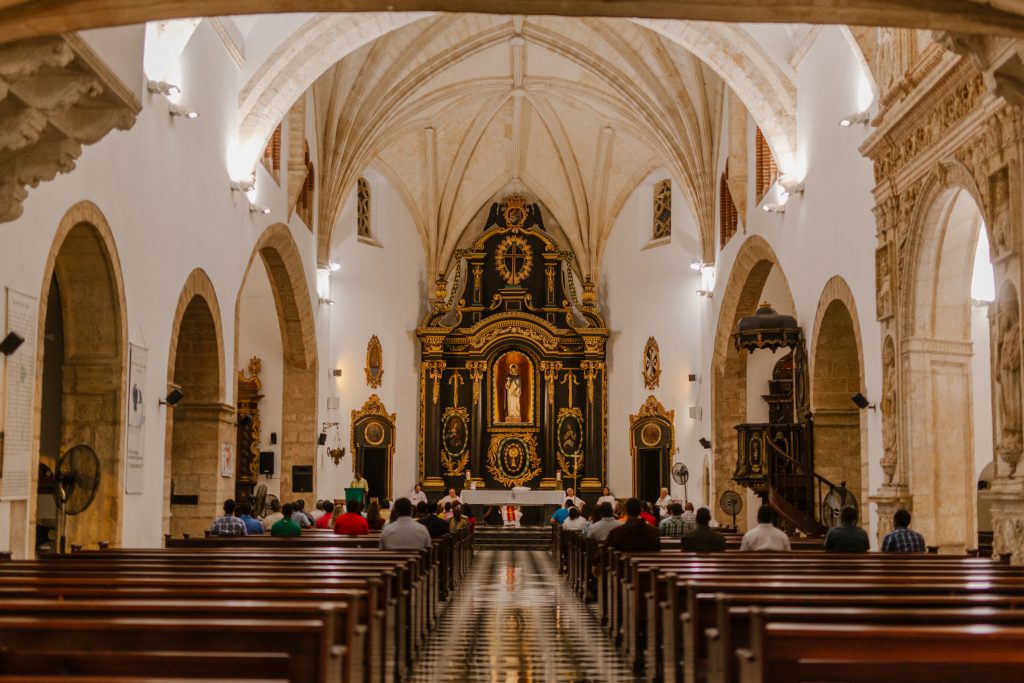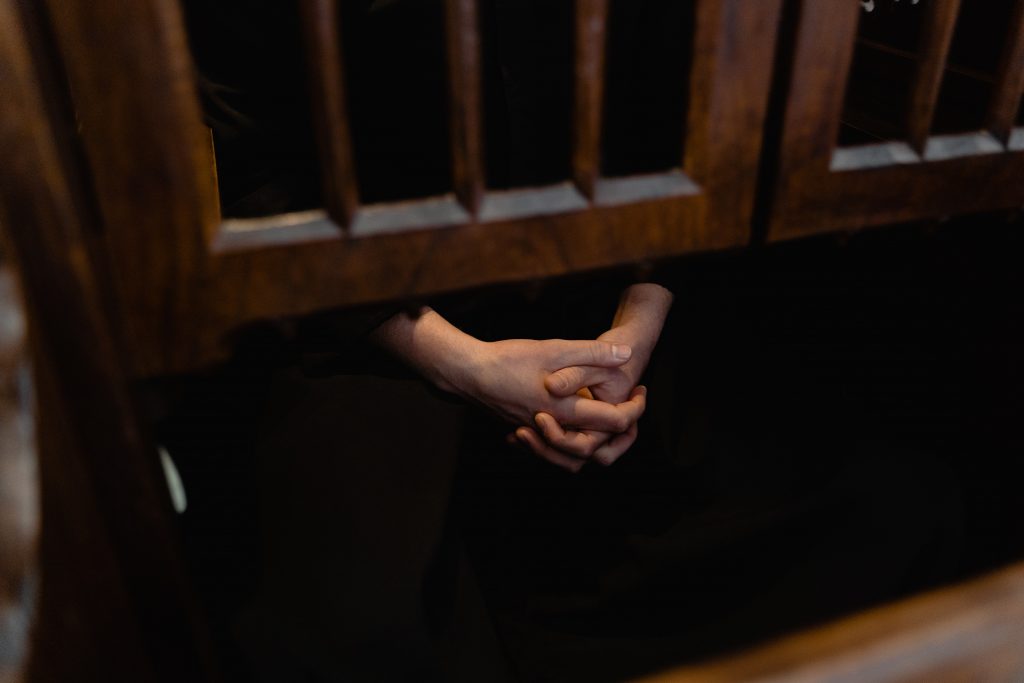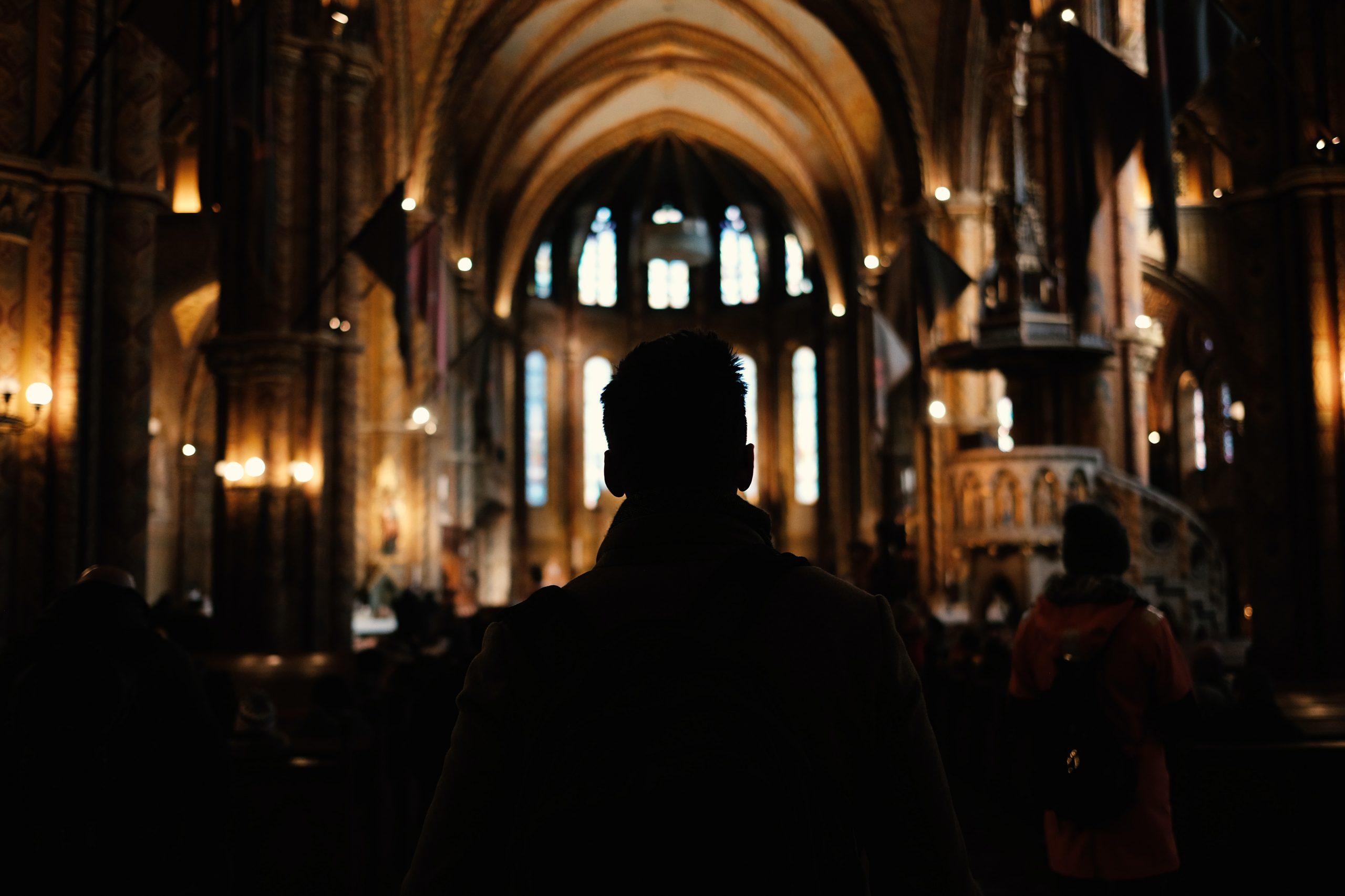Image credit: Mark Kassinos for Unsplash
The Catholic Church knows a thing or two about institutional misconduct. In the past two decades alone, the Church has reckoned with a near constant stream of abuse allegations from all over the world. In the United States and Ireland, the misconduct was so prevalent and long-spanning that abuse in the church was deemed endemic.

In a report by The Straits Times on Monday, allegations of inappropriate behaviour in Singapore were revealed. According to an internal investigation conducted by the unnamed parish, the events were committed by a lone actor—an altar server—over the span of six years.
Following the investigation, 10 members of the altar servers’ society submitted their resignations to the parish priest. The reporting in The Straits Times included soundbites from a spokesman for the archdiocese of Singapore, and a denial from the accused. Parents of the victims and the resigned members of the altar servers’ society were not quoted.
There’s a vagueness in the reporting of The Straits Times. Overseas, the Church has taken steps to address their perceived complicity in misconduct. When addressing victims in Chile in 2018, Pope Francis apologized for being complicit in the coverup of abuse.
In recent years, the Church has committed to tackle the endemic abuse head on. In the interest of accountability, there are a few questions to be answered following the recent reportage on the local allegations.
Why does opacity persist in Singapore?
There are two parts to this question, and I think we can answer one. Sexual abuse often incurs guilt, shame, and the fear of retribution. When minors encounter misconduct at a place of worship, there is a power imbalance that encourages the victim to remain silent. It’s clear that naming the victims and their families would be inappropriate and/or harmful.
What I can’t understand, however, is the anonymity of the parish. It has been argued that the Church’s culture of secrecy has aided the endemic child abuse, and it is well documented that the Church has protocols which are designed to keep these matters ‘in-house’. Similar to the Royal Family, the Church seeks, above all, to avoid scandal.
In the past, investigations into abuse were halted by the canon law of papal secrecy: the grave obligation to keep secret any matters with sensitive information. In 2019, Pope Francis lifted this law in cases of abuse or violence.
So, why won’t the parish go on record? These allegations are surely scandalous, but they have no institutional obligation to stay in the shadows. I think the public has a right to know where these events allegedly took place, so we can make informed decisions about where we practise our faith.
Correction: In the Archdiocese’s Media Report on The Straits Times article, the Church of the Risen Christ was named as the parish where the alleged events took place.

How was the investigation conducted, and where are the results?
The Professional Standards Office (PSO) in Singapore was set up in 2011 to combat child abuse within the church. The PSO was made aware of these allegations in 2019 and provided with a video of the accused in bed with a young altar server. Upon review of the evidence, the PSO declined to investigate because the accused was a lay person.
Following this, the matter was handed back to the parish to conduct an internal investigation. However, in The Straits Times, a spokesman for the archdiocese stated that the PSO “maintained oversight of the investigation to ensure that proper protocols and procedures were adhered to.”
The investigation returned inconclusive results. It was conducted by the parish priest, the assistant priest, and “another person with legal training.” I have some concerns about this process. Firstly, internal investigations are generally perceived by the public as a conflict of interest. This raises questions about the objectivity of an investigation.
The spokesman for the archdiocese stressed “transparency (to) avoid any allegations of a cover-up.” Yet, the due process of the investigation is uncertain. In order to understand the situation, we need to know of the protocols and procedures that were adhered to. In the interest of transparency, clarification on the role of the “person with legal training” and their area of expertise is needed, along with the full findings of the “inconclusive” report.
Does the fact that it was a lay person, and not a clergyman, really matter?
It’s not clear to me why the spokesman for the archiodicese repeatedly made it clear that the accused is a lay person. Regardless, the Church has a duty of care to ensure that parishioners do not encounter harm while practicing their faith.
To a certain extent, there has been a game of volleyball with these allegations. It’s confusing that although the PSO said they are not responsible for the investigation, they also claimed to have supervised it. I suppose the distinction is to make it clear that disciplinary action from the archdiocese extends only to those who have formally committed to serving the church.
The alleged harm was done within the community over a number of years. Who was it first reported to? How quickly did that person initiate the investigation? Who, in the church hierarchy, answers for the actions of a lay person who is serving the parish? The distinction raises more questions than it answers.

What is being done to support the victims and where do we go from here?
In The Straits Times, it was reported that the accused had offered his resignation which was accepted by the parish priest. The person in question was asked to take a leave of absence during the inquiry, but is allowed to continue attending services again at the parish. The accused has also received mental health counseling on the premises.
But how were the victims and their families treated in the wake of this investigation? Were they also offered mental health counseling on the premises? Have safeguards been put in place to ensure that the victims and the accused do not cross paths?
We know that the accusers and their families have been told that it is their right to file a police report the whole way through. This is a good step, given that the Church in general has a history of dissuading victims from pursuing legal action overseas.
But given the Church’s fumbles on this subject elsewhere, the way to combat this reputation in Singapore is to speak with candour. At this moment in time we’ve been given a sketch and not the full picture.
For instance, was it a sex crime or not? This is still unclear. What exactly was the inappropriate behaviour?
Transparency is key in public conversations on these issues. We can’t address an issue that isn’t accurately reported. With detailed information, we can understand the scale of abuse/misconduct/inappropriate behaviour and chart a way forward from there. The next step, for all institutions, is to resist our learned impulse to blame victims or meet allegations with doubt. Then we can develop a path for legal recourse which reduces the guilt and shame that silences survivors in the first place.
This article has been corrected as of 15 April, 2020. Initially, we asked why the parish won’t go on record. A media report from the archdiocese of Singapore revealed that the alleged events took place at the Church of the Risen Christ. We have updated with this information accordingly.
What do you think about opacity regarding sexual misconduct in Singapore? Tell us at community@ricemedia.co.







